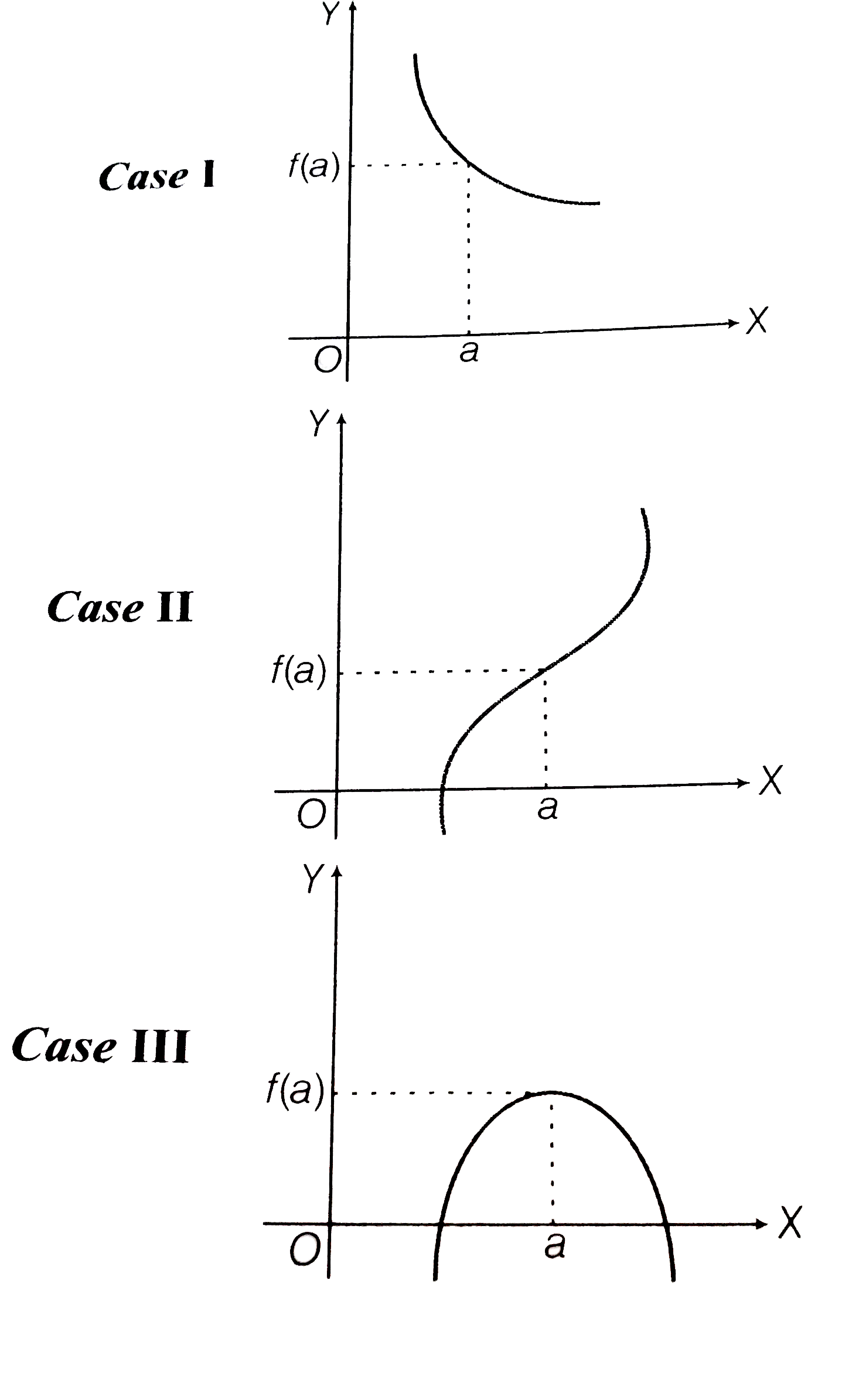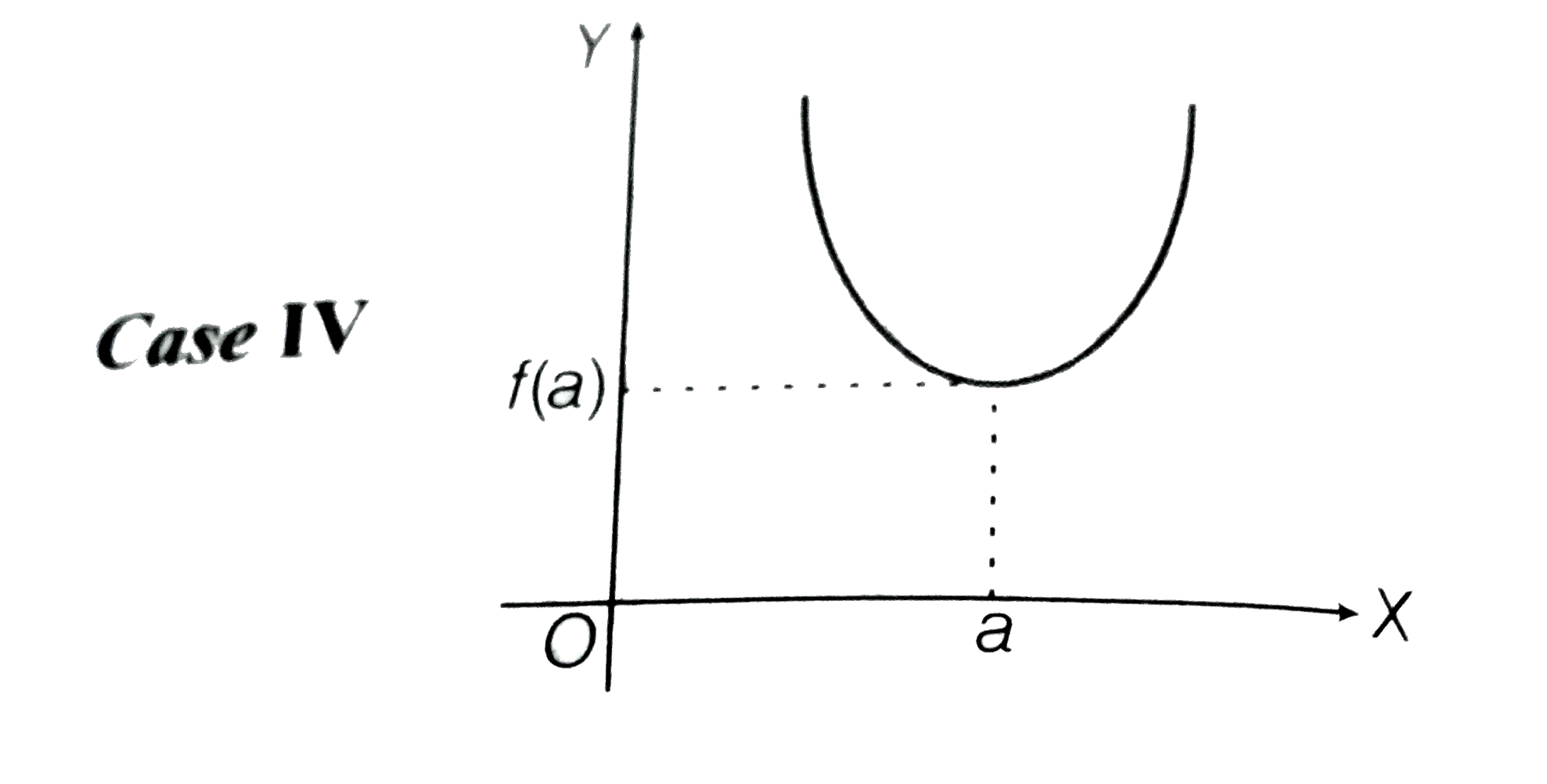Text Solution
Verified by Experts
The correct Answer is:
|
Topper's Solved these Questions
LIMITS
ARIHANT MATHS|Exercise Exercise (Single Option Correct Type Questions)|38 VideosView PlaylistLIMITS
ARIHANT MATHS|Exercise Exercise (More Than One Correct Option Type Questions)|15 VideosView PlaylistLIMITS
ARIHANT MATHS|Exercise Exercise For Session 6|5 VideosView PlaylistINVERSE TRIGONOMETRIC FUNCTIONS
ARIHANT MATHS|Exercise Exercise (Questions Asked In Previous 13 Years Exam)|8 VideosView PlaylistLOGARITHM AND THEIR PROPERTIES
ARIHANT MATHS|Exercise Exercise (Questions Asked In Previous 13 Years Exam)|4 VideosView Playlist
Similar Questions
Explore conceptually related problems
Knowledge Check
A
B
C
D
Submit
Similar Questions
Explore conceptually related problems

